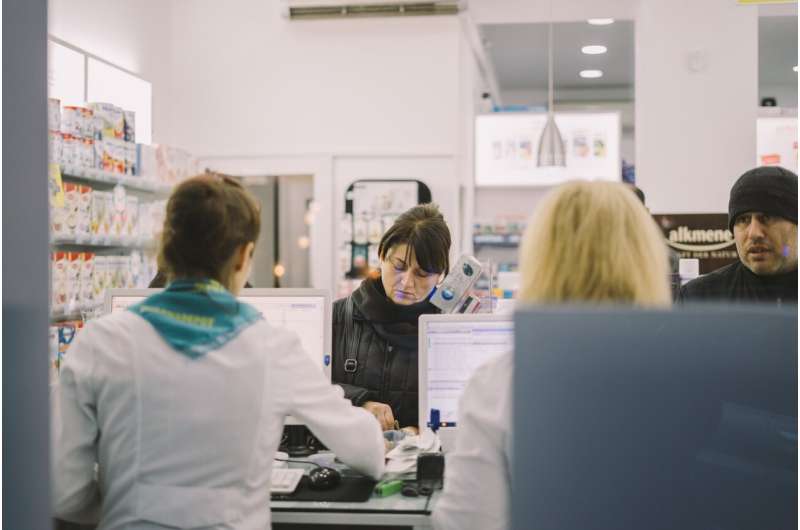Enhancing Cancer Treatment: Preventing DNA Damage in T Cells During PARP Inhibition Improves Therapeutic Outcomes

Innovative research reveals how preventing DNA damage in T cells during PARP inhibitor therapy can boost cancer treatment effectiveness. This breakthrough offers promising strategies to improve outcomes in ovarian and other cancers.
Recent research from Chinese scientists has shed light on a significant challenge in cancer therapy involving PARP inhibitors. Though these drugs are widely used to treat various cancers such as ovarian, breast, prostate, and pancreatic cancers, their efficacy can be limited because they inadvertently cause DNA damage to T cells, which are crucial components of the immune system's response against tumors. The damage impairs T cell proliferation and leads to increased cell death, thereby reducing the overall effectiveness of the treatment.
A multidisciplinary team based in Wuhan, collaborating across several institutions, developed innovative strategies to safeguard T cells from the collateral DNA damage caused by PARP inhibitors. Their approach involved preventing the enzyme PARP1 from trapping and damaging T cell DNA. Using gene-editing tools like CRISPR, they knocked out or mutated PARP1 in T cells, which resulted in reduced DNA damage, enhanced T cell survival, and improved anticancer activity in preclinical models.
The team further engineered CAR T cells that were resistant to PARP inhibitor-induced damage. These modified cells demonstrated superior ability to target and destroy epithelial ovarian tumors in laboratory studies. Additionally, reducing PARP1 trapping in T cells diminished DNA damage and contributed to better tumor response when combined with PARP inhibitors.
The findings reveal a paradox in current cancer treatments: while PARP inhibitors sometimes fail to entirely eradicate tumors, they may simultaneously boost T cell-mediated immune responses. This insight opens avenues for optimizing combination therapies, potentially increasing the durability and success of cancer treatments.
Overall, this research highlights the importance of protecting immune cells during PARP-based therapies and suggests new strategies to improve their efficacy both alone and in conjunction with immunotherapies. The advancements could lead to broader application and more effective cancer management in the future.
Stay Updated with Mia's Feed
Get the latest health & wellness insights delivered straight to your inbox.
Related Articles
Breakthrough in Preventing Steroid-Induced Bone Damage: Targeting Key Proteins for Bone Health
New research uncovers how blocking the protein Basigin can prevent and reverse bone damage caused by long-term steroid use, offering hope for osteoporosis and age-related bone loss treatments.
Research Highlights Teenteenagers' Interest in Contraception Support from Community Pharmacies
A groundbreaking study from Monash University reveals teenagers' strong interest in accessing contraception advice and services through community pharmacies, highlighting the importance of making pharmacy-based SRH care more adolescent-friendly.
New Insights into Tuberculous Meningitis: Metabolic Pathways Influence Disease Outcome
A groundbreaking study explores how metabolic pathways, especially fatty acid oxidation, influence the mortality of tuberculous meningitis, opening new avenues for targeted therapies.
Decline in Measles Vaccination Rates Post-Pandemic Across U.S. Counties
Recent studies show a significant drop in measles vaccination rates across U.S. counties after the COVID-19 pandemic, heightening the risk of outbreaks. source: https://medicalxpress.com/news/2025-06-measles-vaccination-covid-pandemic-counties.html



